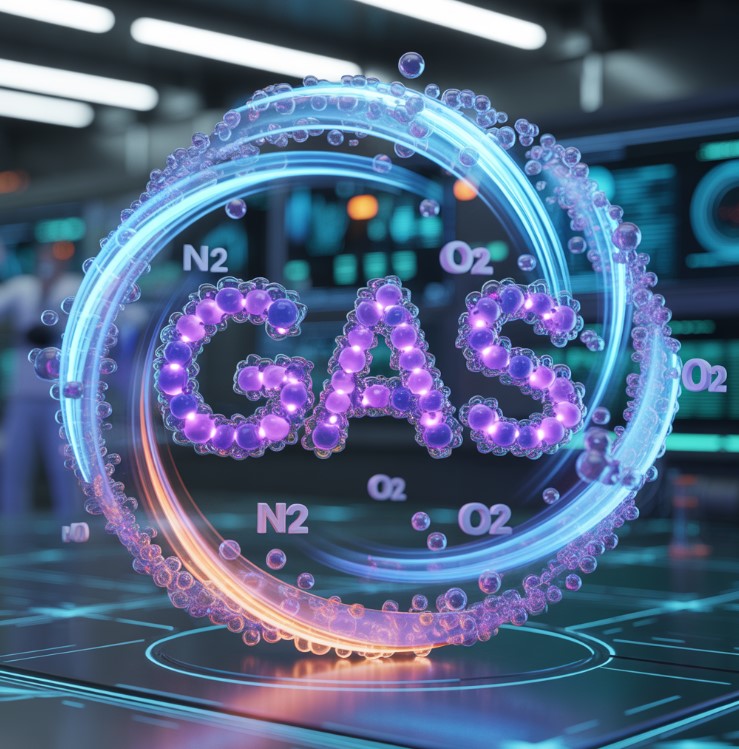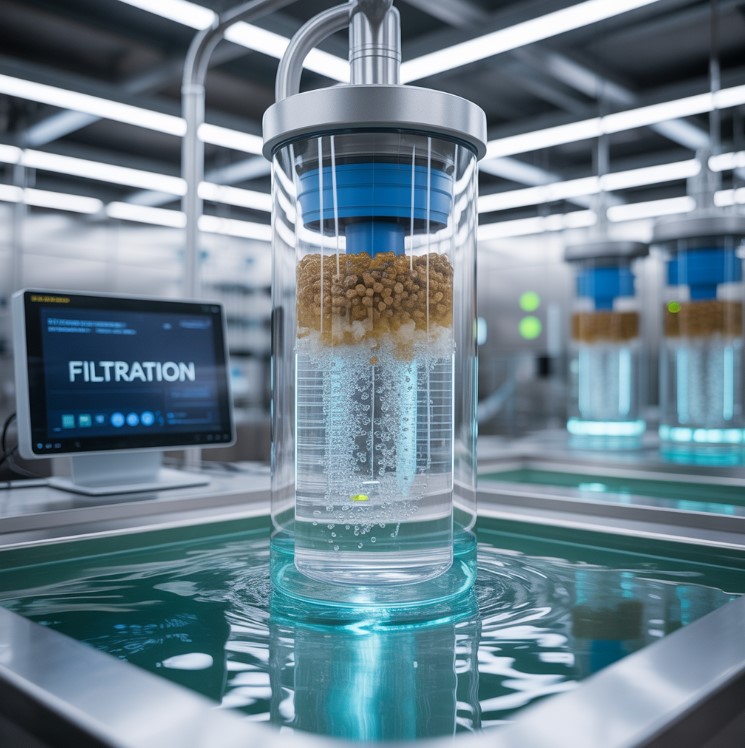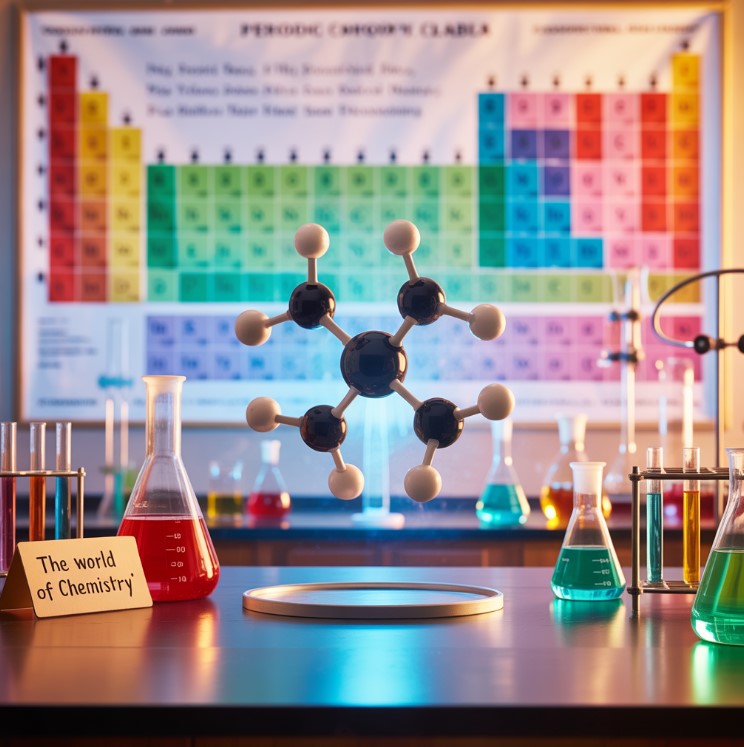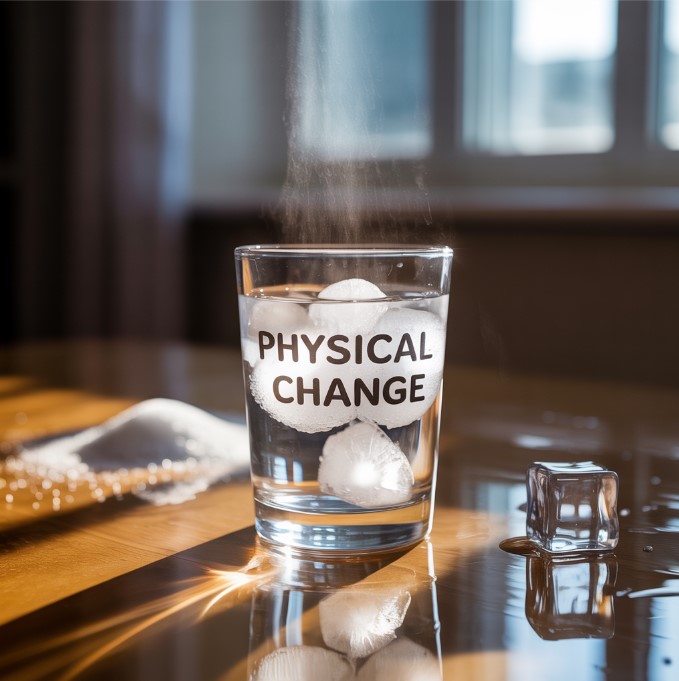Contents
Gas is one of the three main states of matter, along with solids and liquids. Let’s break down what a gas is and how it acts, ASAP.
So, WTH is Gas?
Gas is a substance where the tiny bits (atoms or molecules) that make it up aren’t stuck together. Because of this, a gas has no shape or size of its own.
Think about the air you’re breathing right now. It’s a gas mix made of about 78% nitrogen (N2), 21% oxygen (O2), and small bits of other gases like argon (Ar), according to NASA. All those N2 and O2 molecules are just flying around freely.
A gas will completely fill any container you put it in. If you release it from the container, it will spread out forever. I knew my roommate was making coffee this morning from two rooms away because the gas molecules carrying the smell spread to fill the entire apartment in minutes.
Some gases are made of single, identical atoms (like Neon, Ne). Others are made of two identical atoms bonded together (like Oxygen, O2). And some are made of different atoms bonded together (like water vapor, H2O).
How Gas Behaves IRL
Gases are considered “fluids,” just like liquids. The key difference is how much energy their molecules have.
The speed of gas molecules depends on the temperature. The hotter it gets, the faster they move. At room temperature (around 70°F), the average oxygen molecule is zipping around at over 1,000 mph (about 460 m/s). Any substance can become a gas if you get it hot enough. FYI, you can also turn any gas back into a liquid by using enough pressure and getting it cold enough.
This behavior answers common questions people have. On Reddit’s r/askscience, a user asked:
“Why do gases expand to fill their container, while liquids and solids don’t?”
A: It’s all about energy. The molecules in a gas have so much kinetic energy (AKA movement energy) that they overcome any weak forces trying to hold them together. They just bounce around randomly until they hit a wall. In solids and liquids, there isn’t enough energy, so the molecules stay stuck to each other.
Recommendations & Sources
- See it IRL: Want a simple DIY experiment? Put a slightly inflated balloon in your freezer for an hour. The cold slows down the gas molecules inside, so they don’t push as hard, and the balloon will shrink.
- Sources:







